
Image Credit: All photos: Martin Holladay
A few weeks ago, I accompanied my wife Karyn, who is a pediatrician, on a three-week trip to Cambodia. She volunteered her services at the Angkor Children’s Hospital in Siem Reap, in response to a request from hospital administrators. The hospital invited her to Cambodia to provide two weeks of specialized medical training for the hospital staff.
Lucky me: I got to tag along.
Siem Reap is a bustling town in northwest Cambodia, only a few miles away from the world-famous temples of Angkor Wat.
A typical lumberyard in Siem Reap, Cambodia. These lumberyards sell boards and planks (mostly tropical hardwoods, of course) as well as wood poles (used to support the forms used for suspended concrete floors) and bamboo poles (visible on the right side of the photo). Bamboo is used for many purposes, including staging.
The tropical hardwood boards sold by Cambodian lumberyards are gorgeous, but it’s hard to look at these boards without wondering whether local logging practices are sustainable.
One lumberyard I visited had a tablesaw powered by a gasoline engine. The saw is apparently used to rip boards to order.
Power tools can be quickly repaired in Siem Reap. This worker is rewinding an electric motor.
To deliver construction materials, tools, and equipment to the job site, most Cambodian builders use a tuk tuk (a trailer pulled by a motorcycle).
Tuk tuks are used to deliver lumber and steel profiles, as well as anything that can be delivered in a Sheetrock bucket.
At a demolition job in Siem Reap, I saw two workers loading a tuk tuk trailer with broken bricks and mortar. The weight that these tuk tuks can handle is impressive.
This welding shop delivers steel with a very long tuk tuk trailer.
Windows being delivered in Siem Reap. Strictly speaking,…
Weekly Newsletter
Get building science and energy efficiency advice, plus special offers, in your inbox.

This article is only available to GBA Prime Members
Sign up for a free trial and get instant access to this article as well as GBA’s complete library of premium articles and construction details.
Start Free TrialAlready a member? Log in





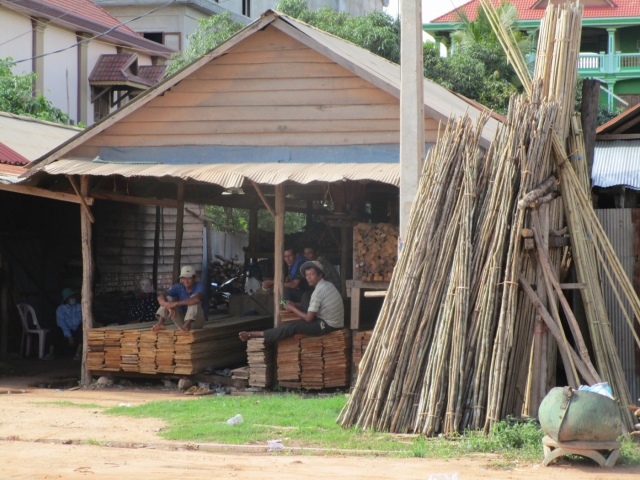

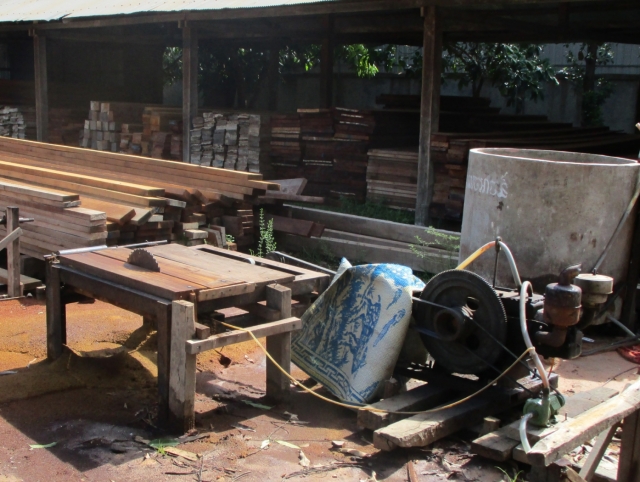
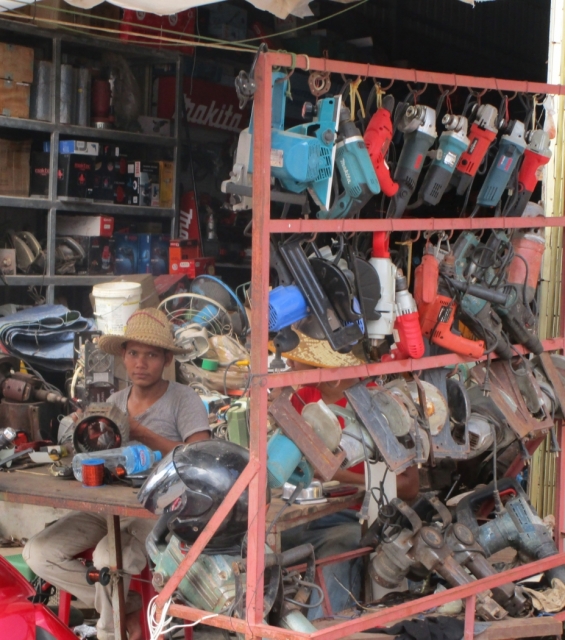

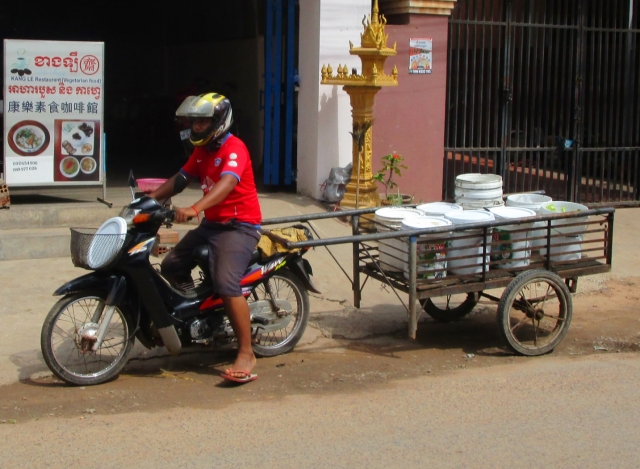
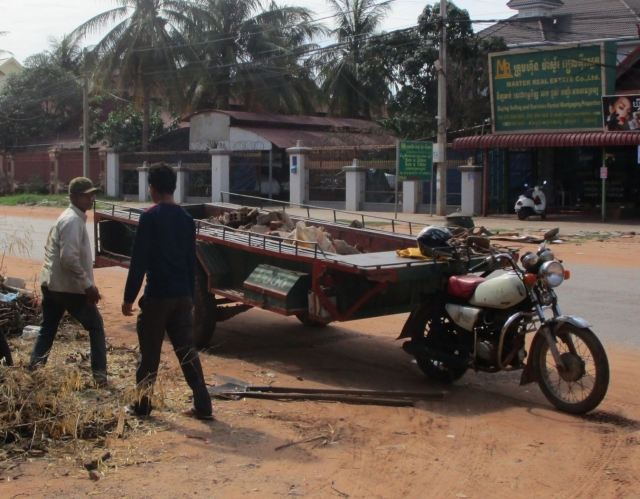
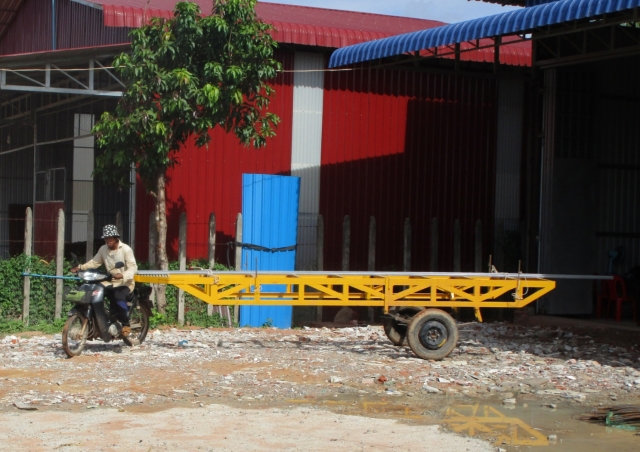
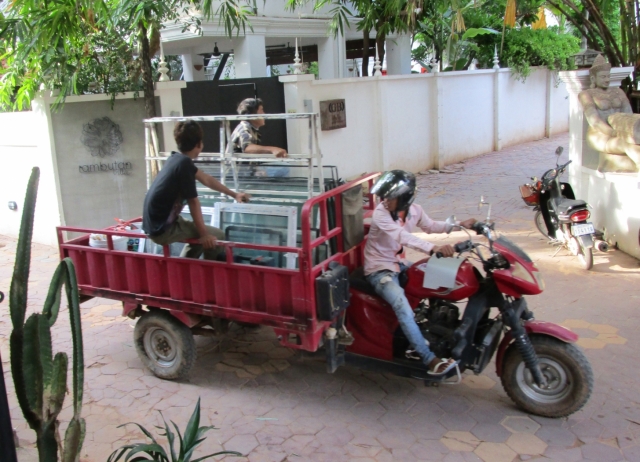










6 Comments
Very interesting Martin!
Very interesting Martin! Thanks for sharing.
Yeah but
where do you put the vapor barrier?
Thatch vs tile...
Compared to tile, thatch uses far less energy and gives good insulation. And using it for walls (as in your photo of the house on stilts) gives a low mass and "green" insulated wall. Too bad it makes such a wonderful home for A Aegypti. In so much of life, there never seems to be a "right" answer, just a set of trade-offs.
Good stuff. Travel certainly gives one a different perspective on what we take as "normal".
Reply to Dustin Harris
Dustin,
As other observers have noted, a traditional house on stilts is likely to be more comfortable (cooler) than a brick house with a tile roof. (Needless to say, very few Cambodians can afford air conditioning.)
But the brick house is more durable and more secure against burglars.
Little has changed in SE Asia
We lived in Thailand for four years over 20 years ago, visiting Cambodia then too. Little has changed in their construction techniques; much/most of this is the result of poor people making little money and the best of what they have, which is cheap labor. The excellent photos with this article brought back many memories. I must point out however, we saw our first mini-splits in Vietnam, many many years ahead of their growing popularity in this country.
Martin's comment about thatch versus block and both durability and theft protection is right on, and another commentary on 'modern' life and its disadvantages. Thatch is much cooler. It will be a long time before those people with modern block will be able to afford the AC nec. to keep them cool.
Response to Sacie Lambertson
Sacie,
I visited Thailand in 1979, so I imagine that we've made similar observations of life in southeast Asia.
Labor in Cambodia may be "cheap," as you put it, but the workers I observed appeared to be skilled (as I noted in my comments on the pervious concrete job and the pagoda roofing).
Log in or become a member to post a comment.
Sign up Log in